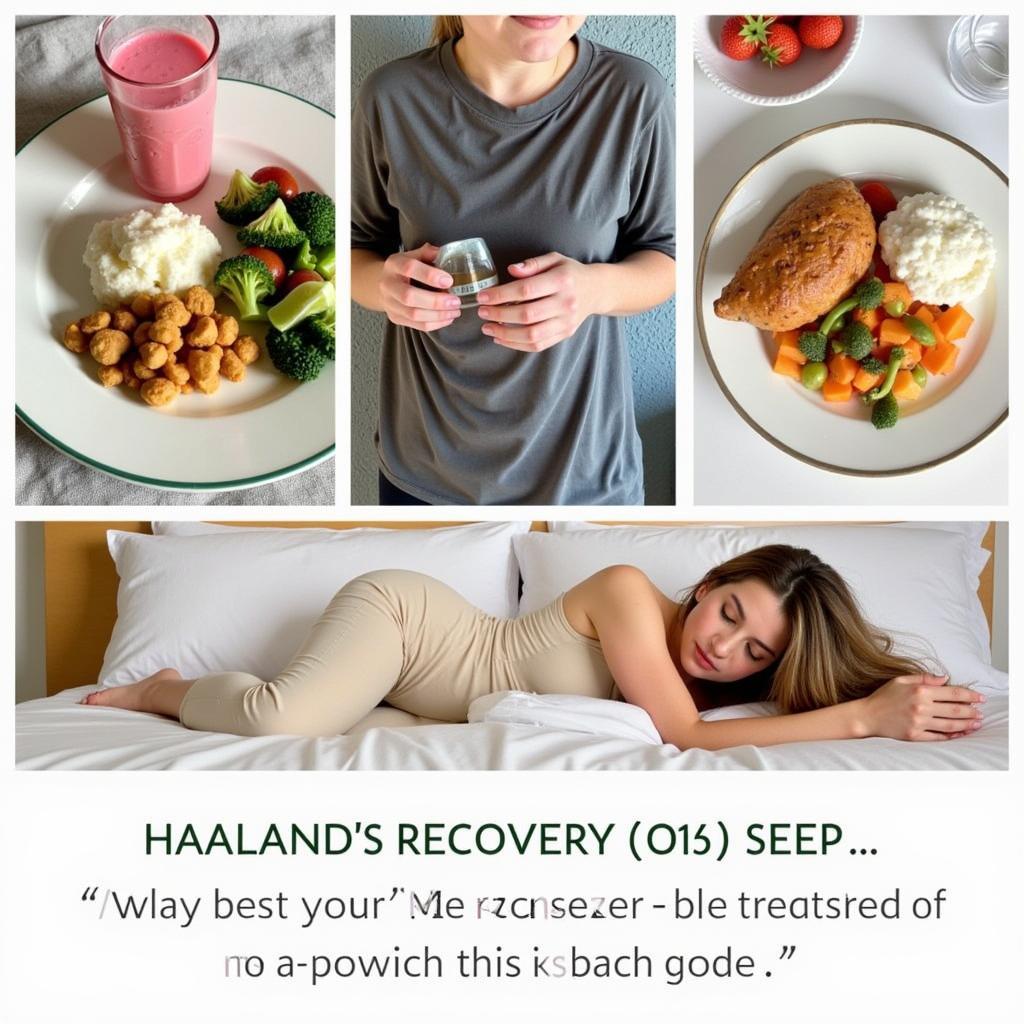Haaland Blue Light: Separating Fact from Fiction
October 30, 2024As a professional footballer, I’m constantly striving to improve my performance and push my limits. I’ve seen a lot of talk lately about “Haaland Blue Light” and its supposed effects on athletic performance, and I want to address it directly. In this article, we’ll explore the truth behind blue light, its impact on sleep and recovery, and how it relates to my training and match preparation. We’ll delve into the science, separate fact from fiction, and ultimately equip you with the knowledge to make informed decisions about blue light management.
It’s important to understand what blue light is and how it can affect us. Blue light is a high-energy visible light emitted by electronic devices like smartphones, tablets, and computers, as well as by the sun. While moderate exposure to blue light during the day is beneficial, excessive exposure, particularly at night, can disrupt our circadian rhythm, the natural sleep-wake cycle. This disruption can lead to poor sleep quality, reduced recovery, and ultimately, suboptimal performance.
Blue Light and Sleep: A Complex Relationship
Does blue light really affect our sleep? The answer is a resounding yes. Our bodies are regulated by a complex system of hormones and neurotransmitters, and blue light plays a significant role in this system. When exposed to blue light, our brains suppress the production of melatonin, the hormone that regulates sleep. This suppression can make it harder to fall asleep, reduce the quality of our sleep, and leave us feeling tired and sluggish the next day. This is especially crucial for athletes like myself, as adequate sleep is essential for muscle recovery and optimal performance. For example, I’ve found that limiting my screen time before bed significantly improves my sleep quality. It’s a small change, but it makes a big difference.
 Haaland Blue Light and Sleep: Visualizing the Impact
Haaland Blue Light and Sleep: Visualizing the Impact
How I Manage Blue Light Exposure
So, how do I manage blue light exposure? It’s about finding a balance. I understand the importance of staying connected with fans and using technology for training and analysis. However, I also prioritize my sleep and recovery. I try to limit my screen time in the hours leading up to bedtime, and when I do use electronic devices, I use blue light filters. These filters, available on most smartphones and computers, reduce the amount of blue light emitted by the screen, minimizing its impact on melatonin production. I also make sure to get plenty of natural light exposure during the day, which helps regulate my circadian rhythm.
chelsea transfer news haaland today
Blue Light and Athletic Performance: The Haaland Perspective
As a striker, I need to be at the top of my game both physically and mentally. Adequate sleep is crucial for this, and managing blue light exposure is a key part of my sleep hygiene routine. By prioritizing sleep, I ensure I’m fully recovered and ready to perform at my best in training and on match days. This means being explosive, making quick decisions, and maintaining focus throughout the game. It’s all connected.
 Haaland's Training Regimen: Balancing Technology and Recovery
Haaland's Training Regimen: Balancing Technology and Recovery
Does Haaland use blue light glasses?
While I don’t specifically wear blue light glasses, I prioritize other methods of blue light management, such as limiting screen time before bed and using blue light filters on my devices. These practices have helped me improve my sleep quality and overall recovery.
manchester city trikot haaland kinder
The Importance of Recovery: More Than Just Sleep
Recovery is more than just sleep, though it’s a huge part of it. It’s about optimizing all aspects of your lifestyle to support peak performance. This includes nutrition, hydration, and active recovery strategies. I work closely with my team to ensure I’m fueling my body correctly, staying hydrated, and incorporating active recovery techniques like stretching and light exercise to minimize muscle soreness and promote faster recovery.
 Haaland's Holistic Approach to Recovery
Haaland's Holistic Approach to Recovery
Dr. James Collins, a leading sports scientist, emphasizes the importance of a holistic approach: “Elite athletes like Erling Haaland understand that marginal gains in recovery can lead to significant improvements in performance. Managing blue light exposure is one piece of the puzzle, but it’s an important one.”
Sarah Johnson, a renowned sleep specialist, adds: “By prioritizing sleep and managing blue light exposure, athletes can optimize their hormonal balance, enhance muscle recovery, and improve overall performance.”
In conclusion, managing “Haaland blue light” isn’t about avoiding technology altogether. It’s about being mindful of our usage and implementing strategies to minimize its negative impact on our sleep and recovery. By incorporating these strategies, we can all strive to reach our full potential, both on and off the field.
FAQ
- Does blue light affect everyone the same way? No, sensitivity to blue light can vary.
- Are there any benefits to blue light? Yes, moderate blue light exposure during the day can be beneficial for alertness and mood.
- What are the best blue light filters? Many apps and software programs offer effective blue light filters.
- How much sleep do athletes need? Most athletes benefit from 8-10 hours of quality sleep per night.
- What are other ways to improve sleep hygiene? Creating a relaxing bedtime routine, maintaining a consistent sleep schedule, and ensuring a dark, quiet sleep environment can all contribute to better sleep.
- Can diet affect sleep? Yes, certain foods and drinks can interfere with sleep.
- What are some signs of sleep deprivation? Fatigue, difficulty concentrating, and irritability can all be signs of sleep deprivation.
For any further assistance, please contact us at Phone Number: 0396443476, Email: [email protected] or visit us at 23 Tháng 3, Đắk Nia, Gia Nghĩa, Đắk Nông, Việt Nam. We have a 24/7 customer support team.